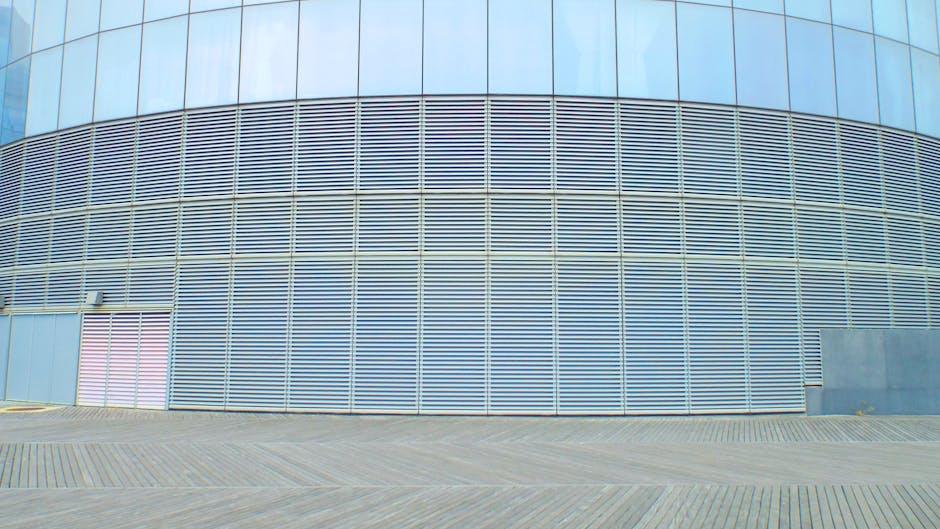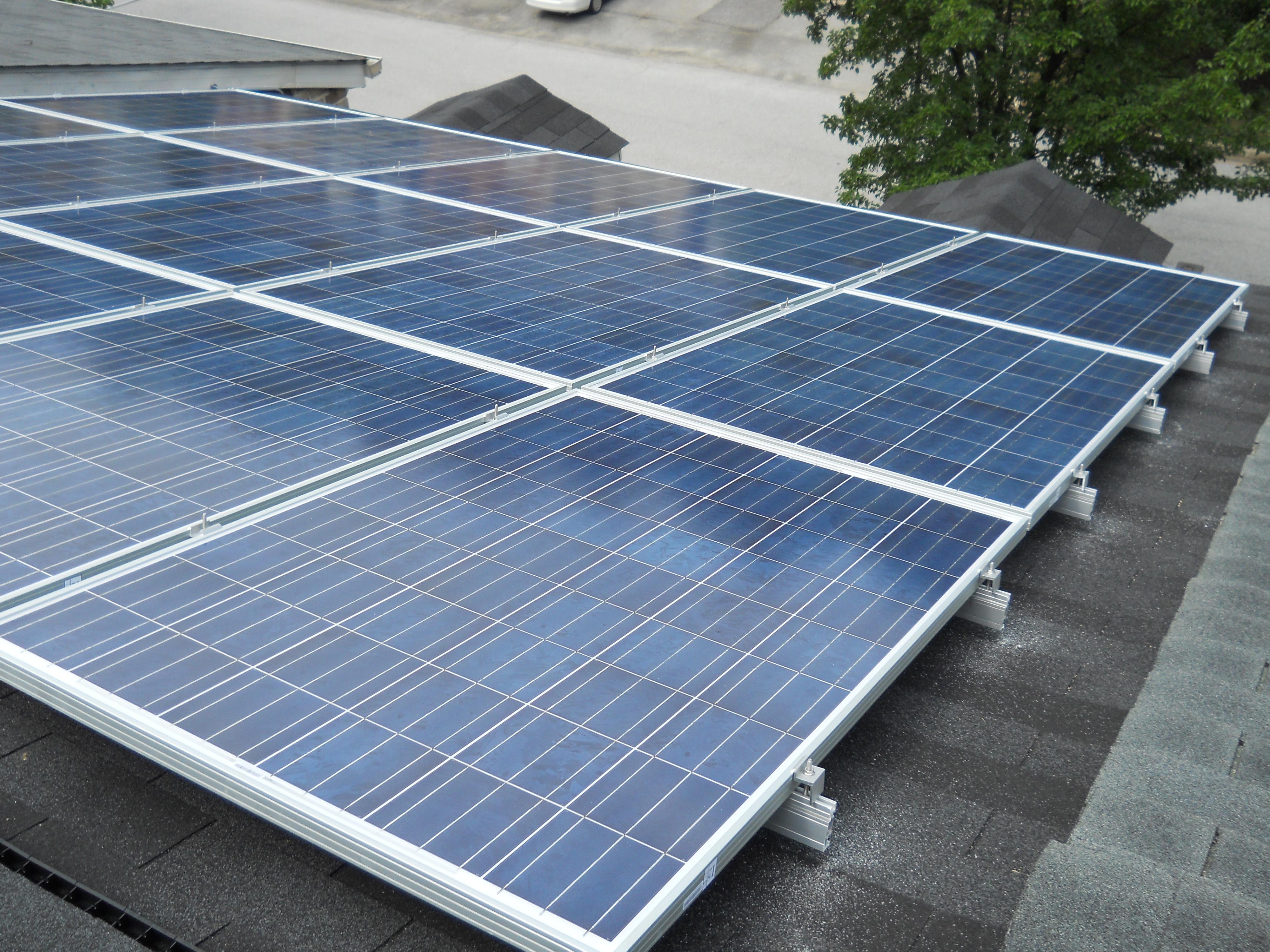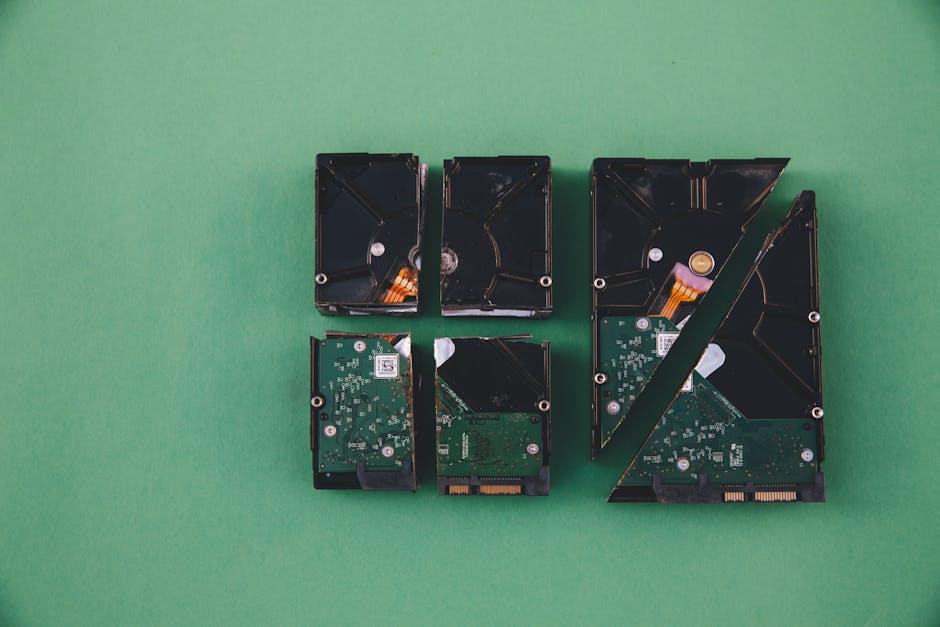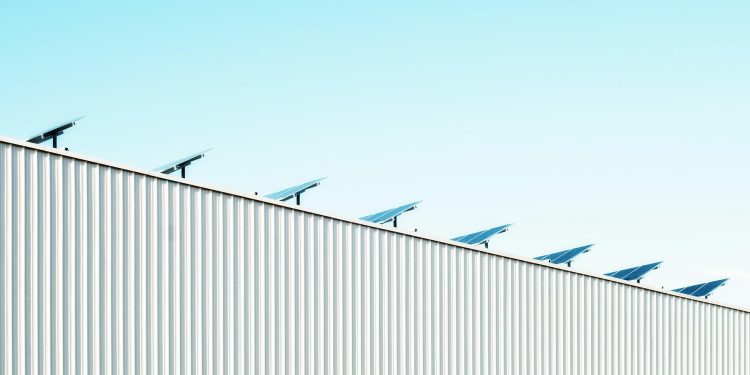In a world where the sun serves as both muse and maestro, orchestrating life’s rhythms with its golden baton, residential solar panels stand as silent witnesses to this celestial performance. As more homeowners turn to the sun’s embrace, seeking sustainability and energy independence, a curious question often arises: how long do these modern-day sun-catchers truly last? This article delves into the lifespan of residential solar panels, exploring the factors that contribute to their longevity and the innovations that promise to extend their time in the sun. Join us as we unravel the mysteries behind these glistening arrays, shedding light on what it means to harness the power of the sun for decades to come.
Lifespan Unveiled Understanding the Durability of Solar Panels
When considering the longevity of residential solar panels, one might envision a durable and reliable component of home infrastructure that stands the test of time. On average, solar panels are designed to last between 25 to 30 years, but their lifespan can be influenced by various factors. Understanding these can help homeowners make informed decisions about their investment.
- Quality of Materials: Panels constructed with high-grade materials typically have a longer lifespan, offering better resistance to weather and environmental stress.
- Installation Practices: Proper installation by certified professionals ensures that panels are optimally positioned and securely mounted, minimizing the risk of damage.
- Maintenance and Care: Regular cleaning and inspection can prevent performance degradation, ensuring that the panels continue to operate efficiently.
- Technological Advances: As technology evolves, newer panels may offer enhanced durability and efficiency, potentially extending their usable life beyond current expectations.
It’s important to note that while panels may experience a gradual reduction in efficiency over time, most manufacturers offer warranties that guarantee a significant level of performance for up to 25 years. This reassurance underscores the commitment to quality and durability, ensuring homeowners can enjoy the benefits of solar energy for decades. With proper care and attention, solar panels can indeed serve as a steadfast energy solution, contributing to both environmental sustainability and household savings.

Factors Affecting Solar Panel Longevity What Homeowners Should Know
- Quality of Materials: The longevity of solar panels largely depends on the quality of materials used in their construction. High-grade silicon and durable framing materials, such as aluminum, can significantly extend their lifespan. Investing in panels from reputable manufacturers ensures better resistance to environmental wear and tear.
- Installation Practices: Proper installation is crucial for maximizing the lifespan of solar panels. Panels should be installed at the optimal angle and securely fastened to withstand wind and other weather conditions. Professional installation can prevent potential issues that might arise from incorrect positioning or faulty wiring.
- Maintenance: Regular maintenance, such as cleaning and inspections, can help prolong the life of solar panels. Dust, debris, and bird droppings can reduce efficiency and lead to long-term damage if not addressed. Scheduling periodic professional check-ups ensures that any minor issues are caught early.
- Environmental Factors: The local climate plays a significant role in determining solar panel longevity. Panels in areas with extreme weather conditions, such as heavy snowfall or intense heat, may experience more stress. However, many modern panels are designed to withstand these conditions, but knowing your local climate’s impact is essential.
- Technological Advancements: As technology advances, newer solar panels tend to have longer lifespans and better warranties. Homeowners should consider future-proofing their investments by opting for the latest technology, which often includes enhancements in durability and efficiency.
Maintenance Tips Ensuring Your Solar Panels Stand the Test of Time
To maximize the lifespan of your solar panels, consider implementing a few key maintenance practices. Regular inspection is crucial; check for any debris such as leaves, dust, or snow that may accumulate and obstruct sunlight. Keeping the panels clean ensures they operate at maximum efficiency. Gently wash the panels with a soft brush or a low-pressure water hose, taking care not to scratch or damage the surface.
- Monitor Performance: Use monitoring systems to track the energy output. Any significant drop might indicate the need for maintenance or repair.
- Trim Nearby Trees: Overhanging branches can cause shade and reduce energy efficiency. Regular trimming prevents this issue.
- Check for Damage: Look for cracks, loose wiring, or other signs of wear. Addressing these issues promptly can prevent further damage.
Additionally, ensure that the inverters and batteries, if applicable, are functioning properly, as they play a critical role in the overall system. Scheduling a professional inspection every few years can also help identify potential problems before they escalate. By following these maintenance tips, your solar panels can efficiently harness the sun’s energy for decades to come.

When to Consider Replacement Navigating the End of Your Solar Panels Lifecycle
Understanding the signs that it’s time to replace your solar panels is essential for maintaining energy efficiency and maximizing your investment. Over time, solar panels can experience a decline in performance due to factors such as weather conditions, natural wear and tear, and technological advancements. Typically, panels start to show significant performance degradation after 25-30 years, although some may continue to function beyond this timeframe. Monitoring your system’s output regularly can help you detect a drop in efficiency.
- Reduced Energy Output: If you notice a significant decrease in the amount of energy being generated, despite optimal conditions, it may be a sign that your panels are nearing the end of their lifecycle.
- Physical Damage: Cracks, discoloration, or delamination can affect performance and may necessitate a replacement sooner rather than later.
- Technological Advancements: As solar technology evolves, newer panels offer better efficiency and durability. Upgrading might be a wise choice if your current system is outdated.
- Inverter Issues: Although inverters typically have a shorter lifespan than panels, frequent issues could indicate systemic problems that warrant a full replacement.
In Summary
In the ever-evolving landscape of renewable energy, understanding the lifespan of residential solar panels offers homeowners a glimpse into a future powered by the sun. As we conclude our exploration of these resilient energy harvesters, it’s clear that their longevity is not just a testament to engineering but a promise of sustainability. With lifespans reaching up to 25 years or more, these panels stand as a steadfast ally in the journey toward energy independence. As technology continues to advance, who knows what new horizons await on the solar frontier? For now, with the sun as your ally and knowledge as your guide, your solar journey is well-illuminated.

































